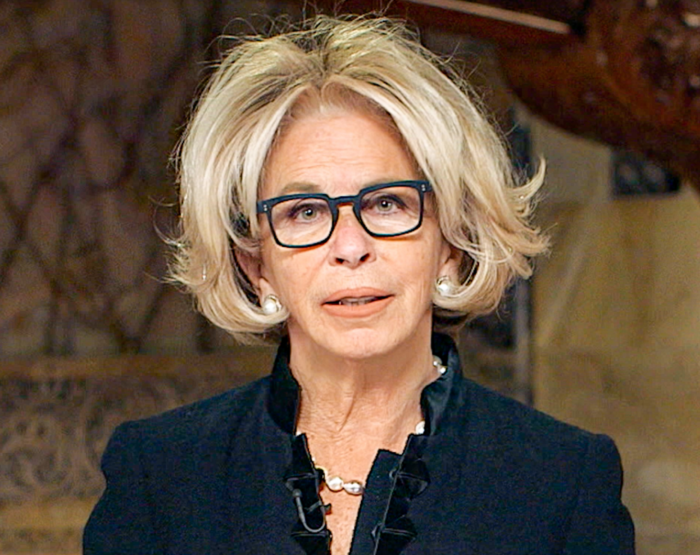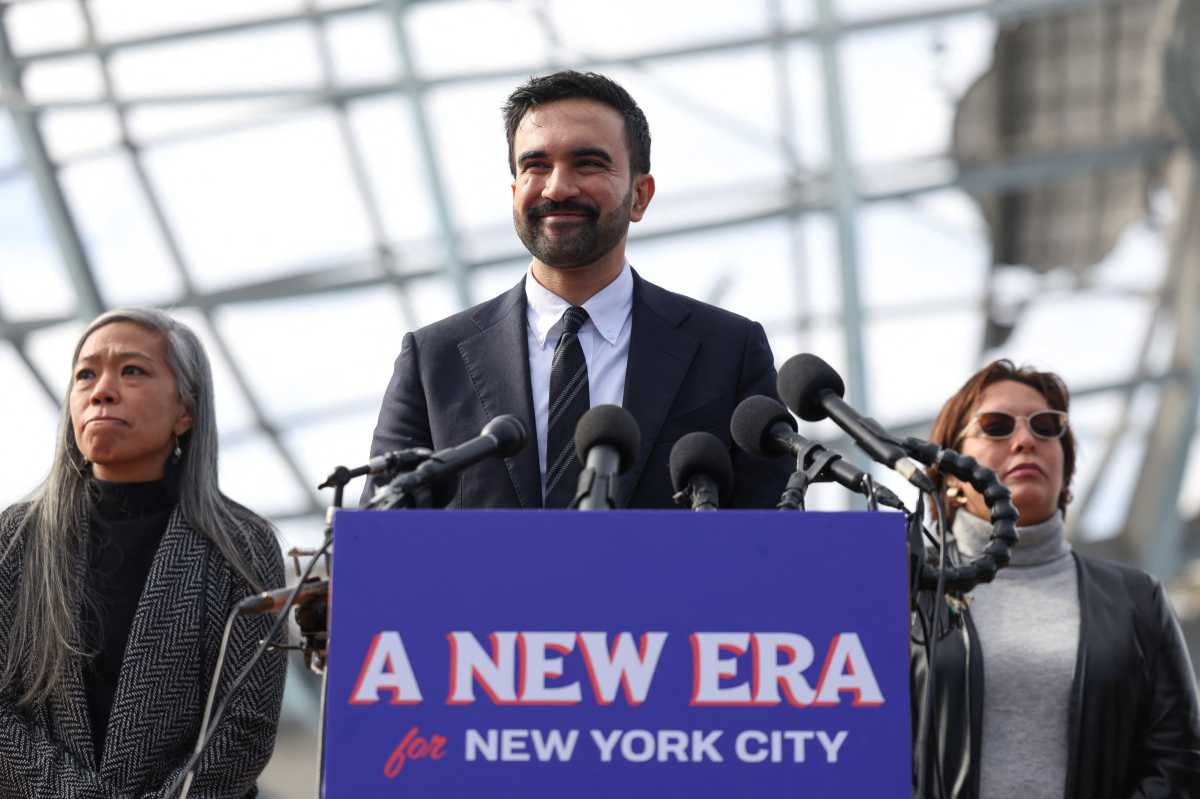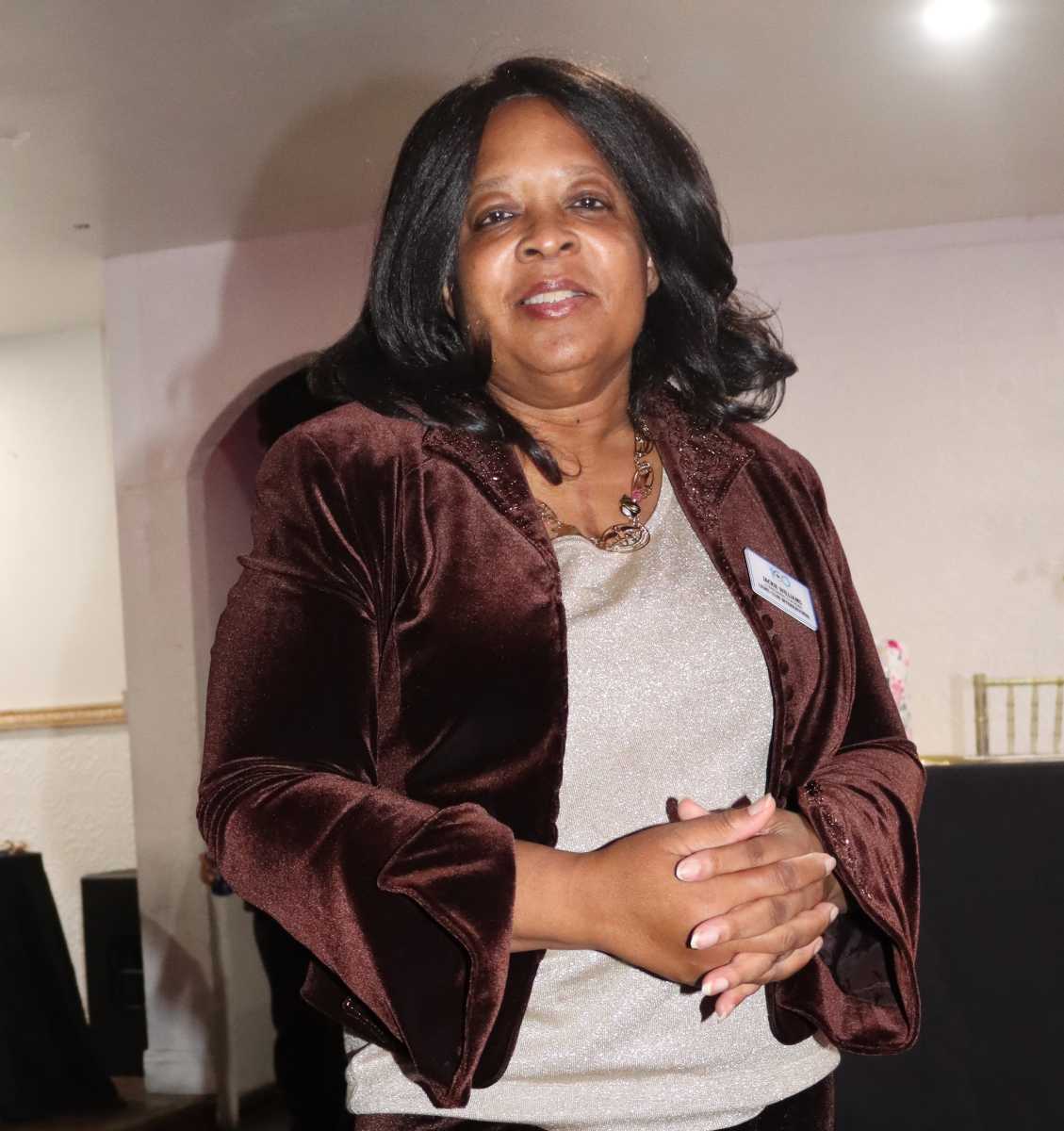A battle is brewing over proposed legislation to consolidate the state’s courts in the first major overhaul of New York’s judicial system in nearly six decades.
Proponents say the measure would streamline the courts and make them easier to navigate, while opponents argue that it would enable the state’s Office of Court Administration (OCA) to usurp democratically elected judges.
The legislation, carried in the state Senate by Sen. Brad Hoylman (D-Manhattan) and in the Assembly by Assemblymember Charles Lavine (D-Long Island), was put forth by Chief Judge Janet DiFiore. It would consolidate most of the state’s 11 trial courts into two: the existing State Supreme Court and a newly created Municipal Court.
The plan calls for the State Supreme Court to absorb the Court of Claims, as well as County, Family and Surrogate’s Courts as divisions and those judges would become Supreme Court justices. New York City’s civil and criminal courts, the District Courts on Long Island and the 61 upstate city courts would come under the Municipal Court Division.

“Our proposal is sound and balanced and will transform our court system into a model of efficiency and equity. But I would add that no aspect of the plan is etched in stone. We welcome and look forward to the continued input of our partners in government and the constructive suggestions and institutional concerns that members of the judiciary, the bar and our stakeholder communities may have,” said DiFiore in her State of Our Judiciary Speech delivered on Feb. 16.
But Barbara R. Kapnick, an Associate Justice of the Appellate Division, First Department, and President of the Association of Justices of the State Supreme Court, and Mary Ann Brigantti, Supreme Court Justice, Appellate Term, First Department, and President of the Supreme Court Justices Association of the City of New York wrote in an Albany Times Union op-ed the plan jeopardizes the independence of the judiciary.
They further claim it would severely undercut the voters’ right to select diverse individuals who are qualified and passionate about the substantive area of law for which they seek office.
“The chief judge’s proposal, rebuffed by the Legislature three years ago, would centralize power in the Office of Court Administration and empower her to assign judges without regard to geographic limitation or relevant experience,” wrote the justices.
“While the chief judge argues her proposal would yield a more diverse judiciary, the facts do not bear that out. A 2020 survey by the Judicial Friends Association found percentages of elected diverse judges in the Supreme and Civil Courts in and around New York City were far higher than among appointed judges, whether appointed by OCA, the governor or the mayor. While representation in the judiciary of minorities and women upstate is lagging, the reality is that it is a reflection of the lower percentage of women and minority lawyers in those communities, and perhaps a lack of political will to ameliorate it,” the judges added.
On the other side, Judy Harris Kluger, a former acting Supreme Court judge appointed by the OCA and current executive director of the Sanctuary for Families, wrote in the Daily News with an example of how under the current system a young mother and victim of domestic, would possibly have to go to three separate courtroom proceedings to have her related cases adjudicated.
“She’s been abused for years and, seeing the impact on her children, finally called the police. Her husband was arrested and she got an order of protection; in retaliation, he stopped contributing to the rent and the children’s expenses. She needs a divorce. And then there’s the issue of child custody — if she doesn’t get an order granting her custody, her husband could abscond with the children,” wrote Kluger.
“Her immediate legal needs, for example, will likely be addressed in Family Court. But in order to start divorce proceedings, she has to go to Supreme Court and start a new legal case before a new judge who knows nothing about her family’s history. She’ll have to tell her story all over all again, reliving the trauma. Separately, elements of the case would go forward in Criminal Court.
“This is an outrageous result of our state’s byzantine trial court system, in which 11 different trial courts play 11 different roles. Some overlap, some do not.”
Several elected judges, court clerks and attorneys interviewed for this story who spoke on background because of having to work with the OCA, said DiFiore’s plan was made without consulting a good many bar associations and court personnel.
They also allege streamlining the court system would actually make it less democratic and diverse in the judicial ranks.
Electing judges ensures diversity and is the reason why there is a good representation of Black ,Hispanic and women judges, said one source. Under this legislation, for example, there might be a white judge assigned to a large Hispanic area of Long Island instead of having a local Hispanic elected judge, said one source.
New York Courts Spokesperson Lucian Chalfen said the initiative is not about creating a more efficient court system, but rather about protecting an entitlement.
“The keystone of the Chief Judge’s simplification plan is the reduction of a byzantine system of 11 trial courts to four. The proposal is supported by over one hundred legal services providers, good government organizations, business associations and victims rights groups,” wrote Chalfen in an email.
“And the cost to implement is incremental, a fraction of 1% of the judiciary’s budget while saving litigants literally 100s of millions of dollars in direct costs through efficiency and a greatly scaled down bureaucracy,” he added.
The hotly debated issue of changing the judiciary would require a constitutional amendment to be enacted. In order to become law, lawmakers in Albany would have to pass the measure two years in a row, then bring it to the voters for a statewide referendum.










